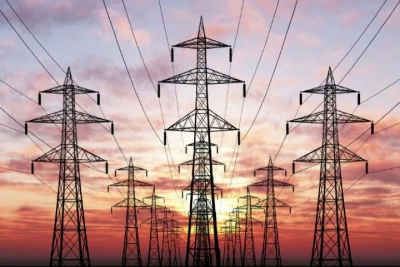New Delhi, 22 June (IANS) India’s energy capacity has been strongly expanded due to increasing demand in the last 10 years, development of infrastructure and strong policy support for traditional and renewable energy sources.
According to the official data released on Sunday, the total established energy capacity in the country has increased from 305 GW to 56 percent in 2015-16 to 476 gwat by June 2025.
Electricity generation in the country has increased from 1,168 billion units (BU) to an estimated 1,824 BU in 2024-25. At the same time, power shortage has come down from 4.2 percent to 0.1 percent in 2024-25 in 2013-14.
In addition, during this period more than 2.8 crore houses were electrified and per capita power consumption increased by 45.8 percent.
India’s total established power capacity is 476 GW, including 240 GW thermal, 110.9 GW Solar and 51.3 GW of wind power.
As one of the fastest growing major economies, India plays a central role in the Global Energy Transition. Its energy demand is expected to grow at the fastest rate in major economies, which is inspired by continuous economic growth. As a result, India’s stake in global primary energy consumption is estimated to double by 2035.
In the last eleven years, India has made strong progress in the renewable energy sector. According to the commitment made in COP 26, the Ministry of New and Renewable Energy, Renewable Energy (MNRE), is making strong efforts to gain 500 gigawatts installed from non-Givash fuel sources by 2030.
By June 2025, the country has gained the energy capacity of 235.7 GW from non-Givash fuel sources, including 226.9 gigawatt renewable energy and 8.8 gigawatt atomic energy, which is 49 percent of the total installed power generation capacity of 476 GW.
Renewable energy share in the country’s total power generation has increased to about 22.2 percent, which was 17.20 percent in 2014.
This shows India’s commitment to the dearbonization goals and a Sustainable Future.
In addition, 176.70 GW’s renewable energy projects are subject to implementation, of which 72.06 GHz are in the stages of the dialect.
Since 2014, the country’s solar capacity has seen an increase of more than 39 times, which has increased from 2.82 GW to 110.9 GW in 2025, including a record 23.83 gigawatt in 2024–25 alone.
-IANS
ABS/






